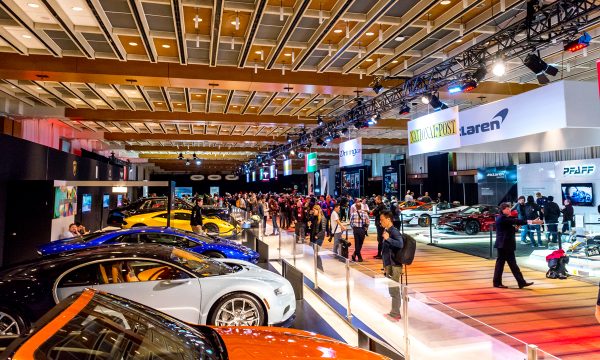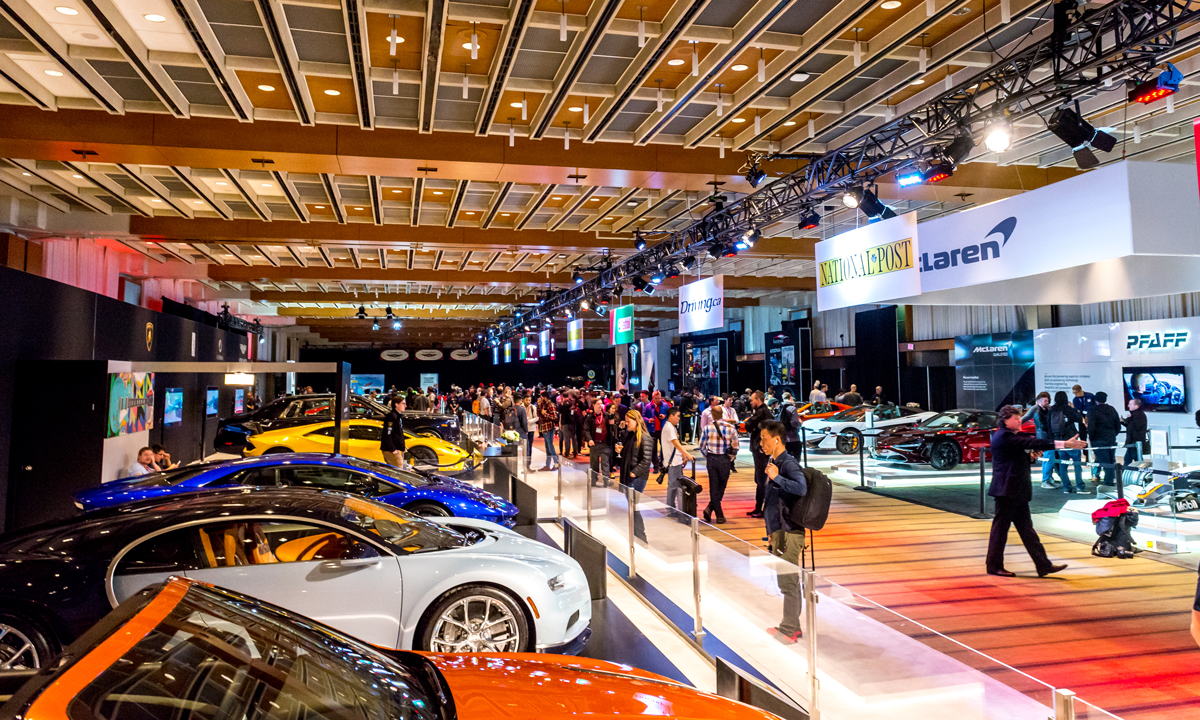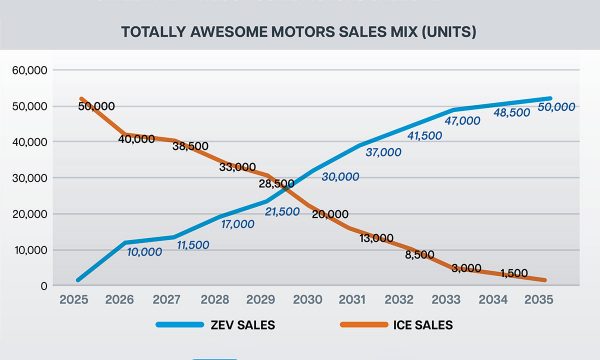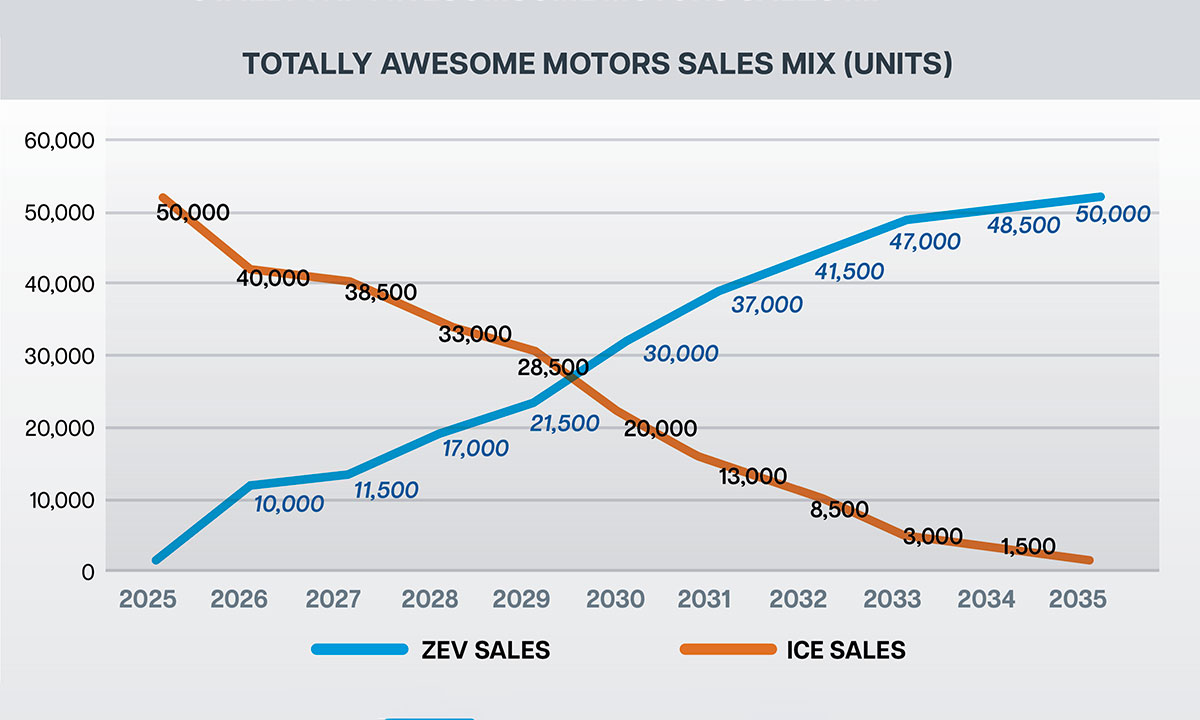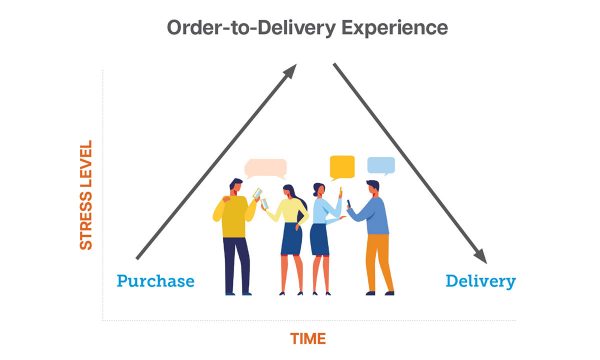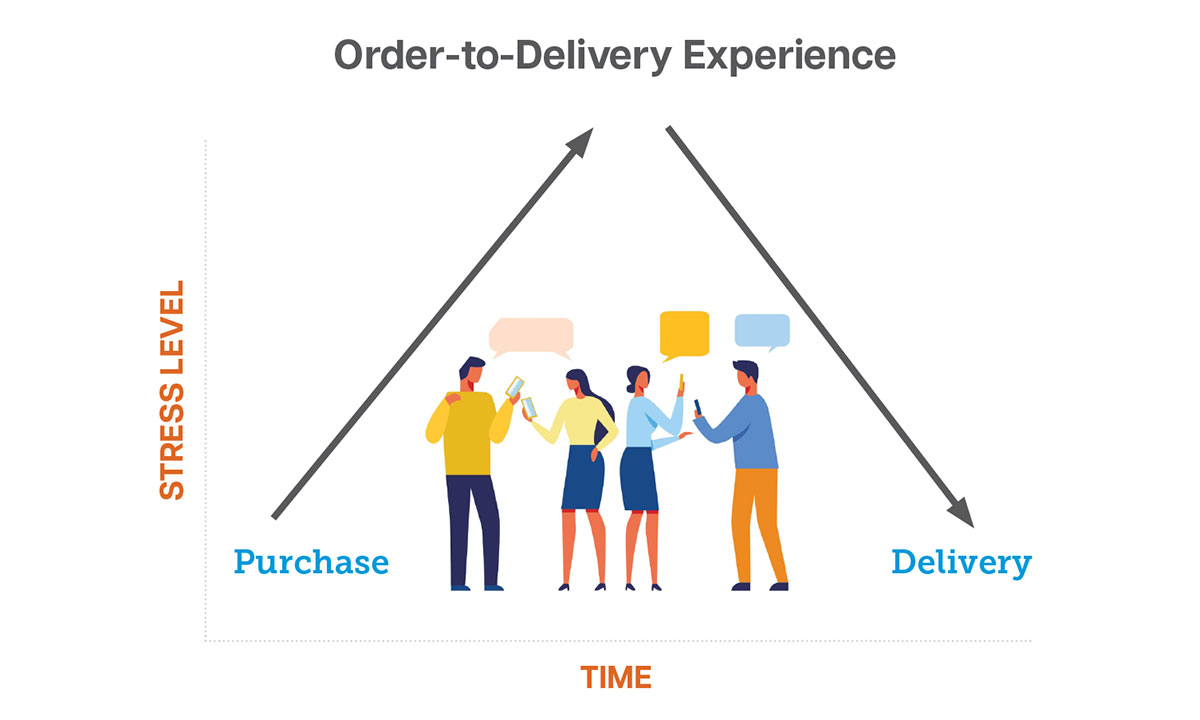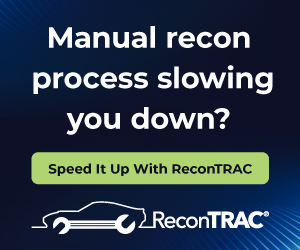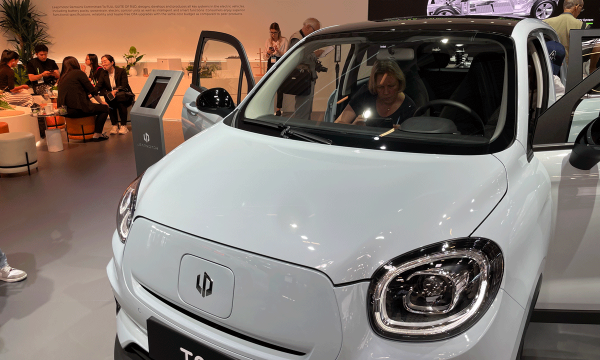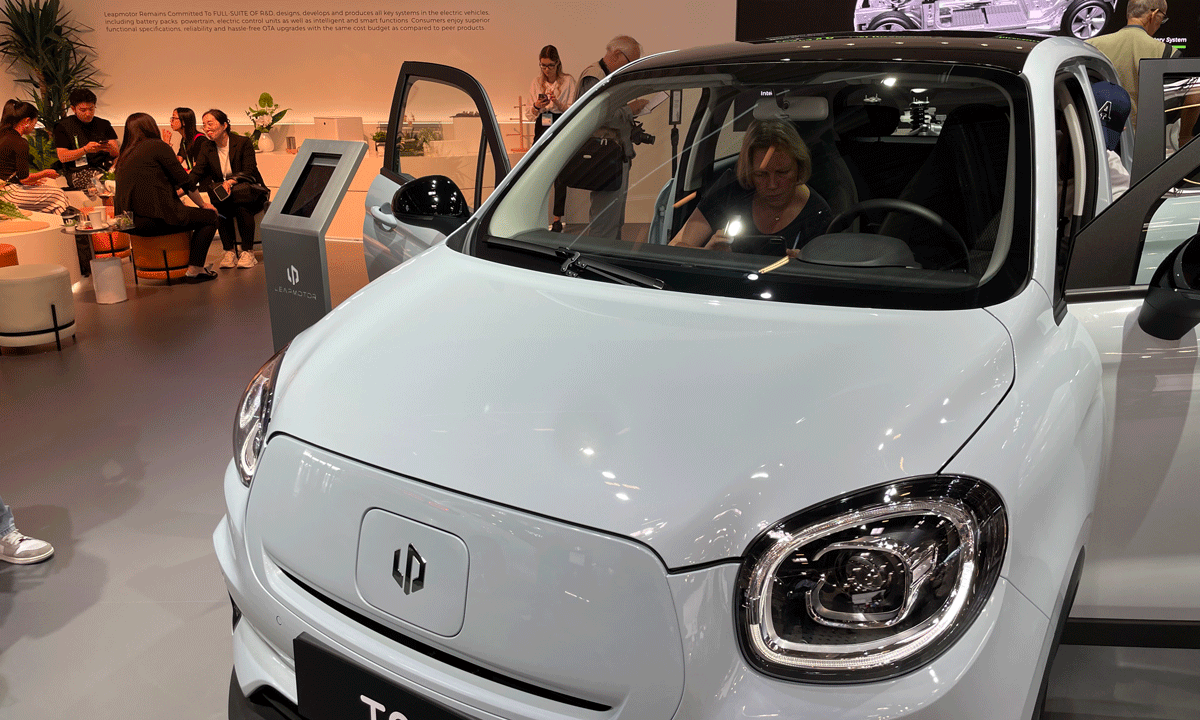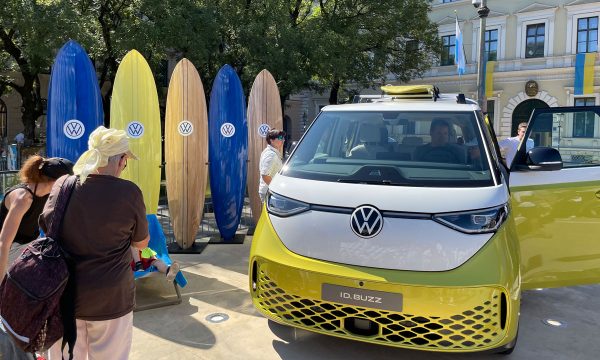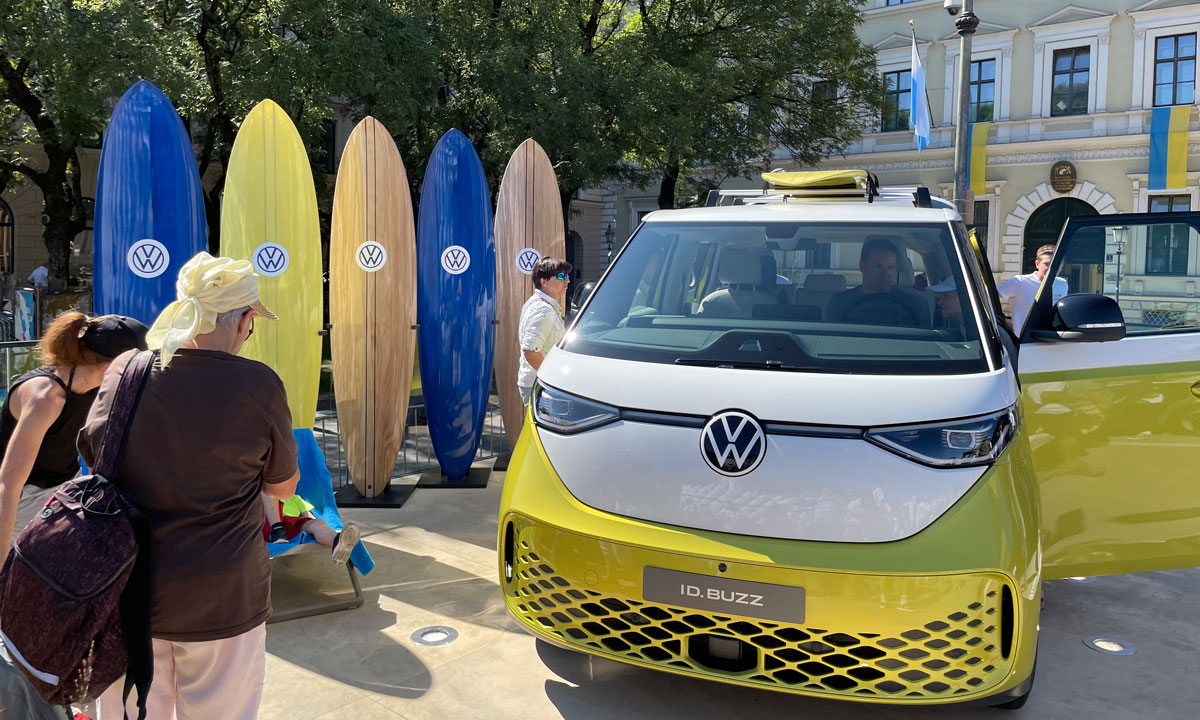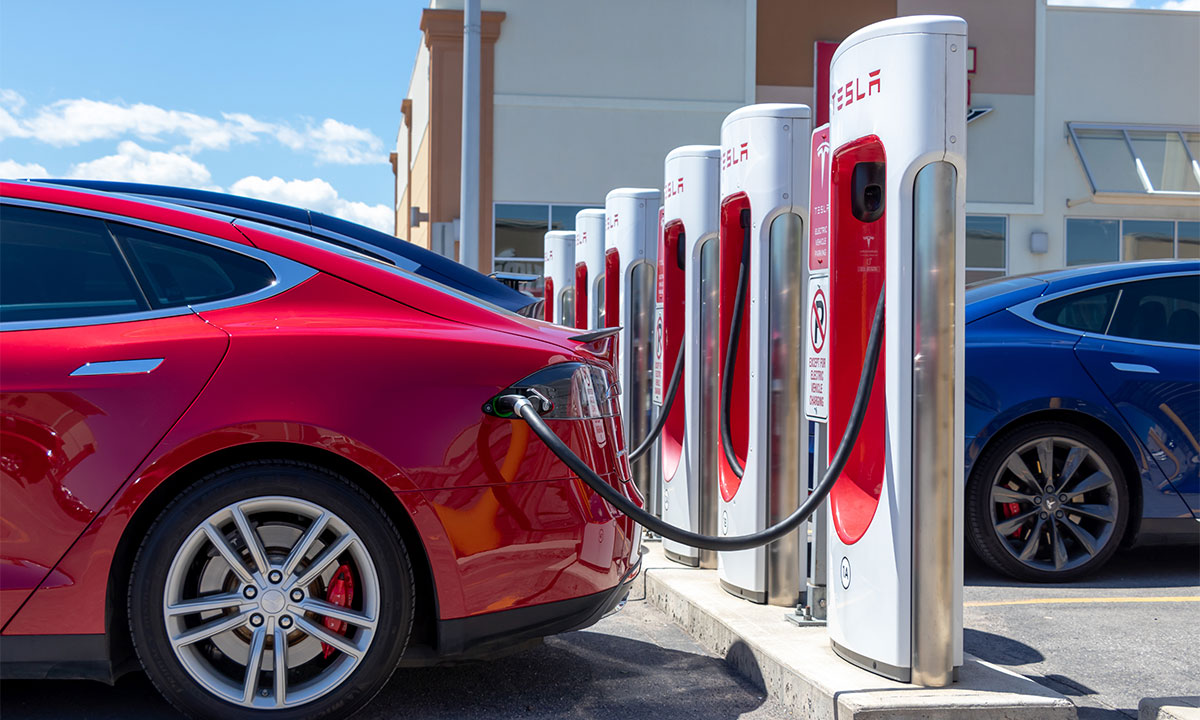
I’ve never thought of myself as an early adopter.
If my lovely wife had a dollar for every time she encouraged me to “try something new”—say other than navy blue sweaters or penne a la vodka when we go to our favourite Italian restaurant—and was met with resistance, she could have long since retired.
But here we are, the proud owners of a 2022 Hyundai Ioniq 5.
After fourteen ICE vehicles between us over the last three decades, two hybrids among them, we now use electrons for the vast majority of our kilometres driven. Full disclosure, there is still an ICE powered Honda in the driveway. I’m not quite ready to navigate road trips from the GTA to visit our son in Nova Scotia on electrons only. Not yet.
I am not trying to give myself any credit. I am hardly the first Canadian to buy an EV—over 200,000 have already done so. But the reality is that we are still in the earliest stages of EV adoption in this country, and frankly in the world, other than possibly the People’s Republic. EVs represent barely more than one per cent of all light vehicles on Canadian roads. Lots of pundits are talking about Canada having reached the ICE to EV inflection point, I presume based on the number of new EV models for sale or “coming soon”. But with under two per cent penetration of all vehicles on the road, I think proclamation of an inflection point is still ahead of us.
Do I think we’ll get there? You bet. There is too much momentum from governments, vehicle manufacturers (established and new), parts suppliers, energy companies and, frankly, from consumers. The wait list for every EV on the market is now measured in months or years, not days or weeks. To be sure supply remains constrained, but EV demand is growing.
Our motivation to acquire an EV is multi-faceted. Like many other Canadians, we want to significantly reduce our carbon footprint. Hurricane Fiona is just the latest example from among hundreds of climate change induced catastrophes in the last year, caused by our warming oceans.
We understand that EV production can be carbon-intensive, especially the battery and the mining of the rare earth minerals required. But when the entire lifecycle of an EV is considered—and especially in provinces like BC, Manitoba, Ontario, Quebec, PEI and Newfoundland-Labrador where the grids are mostly powered by non-carbon generating sources—driving an EV results in a meaningful green dividend. Not to mention my pleasure at being able to ignore the machinations of the per litre price of liquified dinosaur goo.
My second motivator is equally straightforward. Practice what I preach. If I want to maintain the credibility I enjoy advising clients across the automotive and mobility industry, I had better walk the talk. This reminds me of the Toyota Way maxim of Genchi Genbutsu, roughly translated to “go and see for yourself”.
Plus, as I’ve discovered, driving an EV is great fun. Quiet. Refined. Technologically sophisticated. And quick as heck. My jaw is sore from the permanent grin on my face these last few weeks. And, being fortunate enough to have my own garage, it is particularly satisfying to charge the battery overnight, for a fraction of the cost of filling an ICE tank.
With nearly a month of EV ownership under my belt, I’d like to share a couple of insights from my EV purchase and delivery journey.
In many ways, the buying experience is similar—prospective EV customers need information, answers to questions, a test drive, financing options and a well planned, thorough delivery.
But other aspects of the experience are different. With an EV, you are buying more than just the vehicle, you’re also buying the EV ecosystem that surrounds the vehicle. While many early adopters know as much or more about the vehicle and the EV ecosystem as their salesperson, for most Canadians, this will be all new. I’m in the business—I already know all of this.
But fast forward a few years, when we actually reach the EV inflection point, and we’re now selling to customers in the early majority of the adoption curve. The needs and expectations of these buyers will be different from the early adopters. Less green motivation. Performance and cost of ownership benefits will matter most. They’ll need a lot more hand holding, probably a second test drive, and critically, extra support from their product advisor to adapt to the EV lifestyle. Most new EV owners will also require a second delivery.
The support needed includes everything from selecting and installing a home charger to downloading and using the functionality of the vehicle app, and how to navigate the (still) complex world of public charging. There are good resources available to Canadians to help them quickly navigate this complexity—including ChargeHub, Plug n’ Drive and others—but these resources should be provided to the customer by their product advisor. New EV buyers should not be left to fend for themselves.
In Clarify Group’s vernacular, this is the second “F” in our automotive retail experience model TEFF, the four critical components to success: Transparency, Efficiency, Flexibility, and a Facilitated experience (from facile, the French verb “to make easy”).
The delivery of a facilitated EV experience is currently a huge challenge for most dealerships. But this is also a huge opportunity when they get it right. The new direct-to-consumer challenger brands will struggle to match the high touch, facilitated experience that established brands and dealerships like Hyundai, Kia, Genesis, Ford, GM, Nissan and VW have the potential to offer.
I am happy to report that my product advisor was extremely knowledgeable, prepared and added value to my purchase experience. He was genuinely excited to deliver my EV including providing me with a thorough product demonstration. My new Ioniq was delivered in perfect condition with a full charge. While my advisor did not proactively raise items like the BlueLink connected app, or discuss home charger installation options with me, this is almost certainly because he knew I already had familiarity with them (I told him as much). Will he provide a more facilitated EV experience to his other customers who are not as well informed? Time will tell.
A missed opportunity was the lack of proactive communication with me during the extended wait for delivery. My expectations were set clearly at the time of order that delivery would be several months away, potentially as long as a year. But in the interim period, I didn’t have the benefit of any status updates. Again, I know the dynamics of how this all works. But most consumers don’t. In the absence of information, customers assume. And almost never correctly. My first update from the dealership came when the vehicle was about to arrive at port. I appreciated that. It allowed me to initiate the purchase of my home charger and its installation, as well as my insurance. A more transparent, TEFF-aligned experience would include regular (read monthly) updates, assuming the customer has not asked us to refrain from updates, and in the manner the customer prefers. I prefer text, and my advisor was happy to oblige me.
Overall, my journey to EV ownership has been very positive, both the vehicle and the retail experience. Will every first-time EV buyer at your dealership feel the same?







